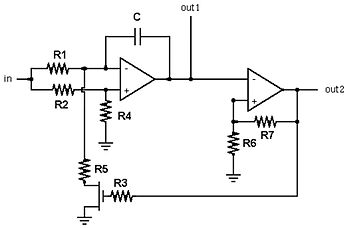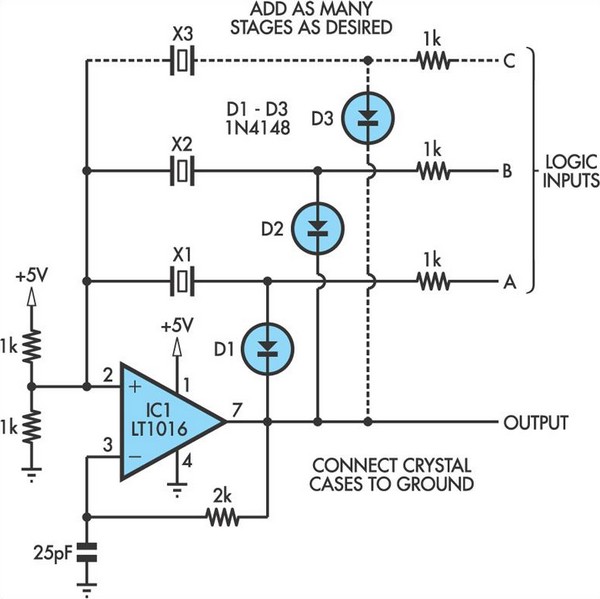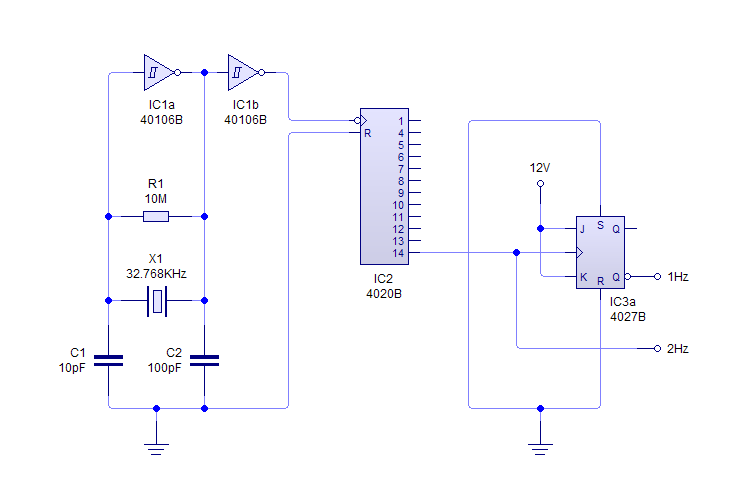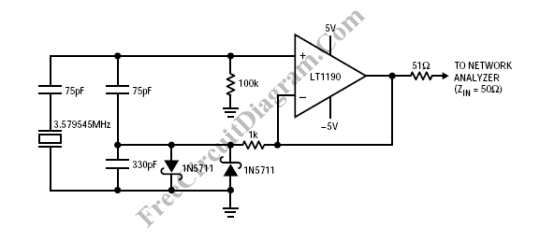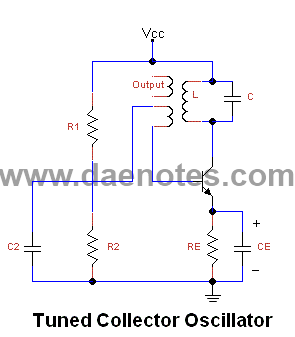
RF-powered sidetone oscillator
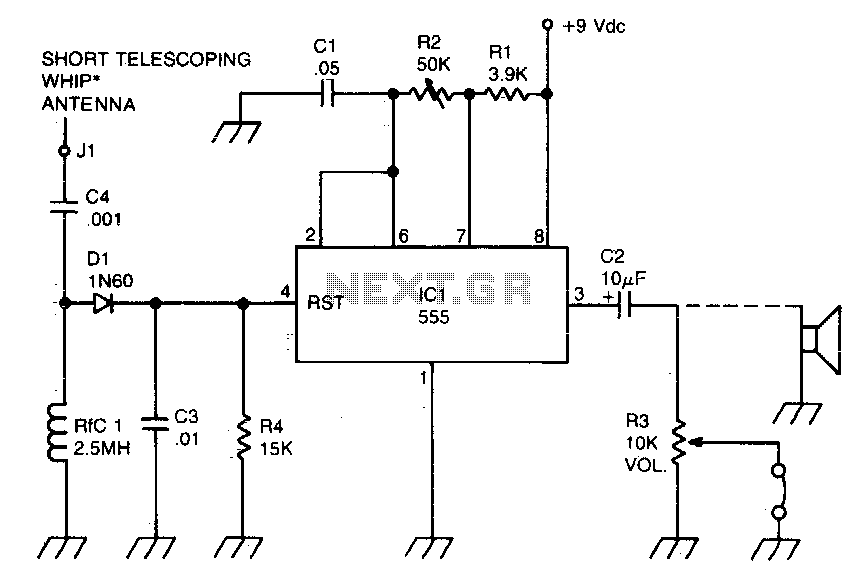
A sidetone oscillator is a specific type of audio astable multivibrator. Keying is achieved by turning the oscillator on and off through the application of a positive DC potential, which is generated from the RF signal to the reset terminal of the transmitter. The oscillator is RF-driven and battery-operated. It utilizes a 555 IC timer as its core component.
The sidetone oscillator circuit typically incorporates a 555 timer IC configured in an astable mode, allowing it to generate a continuous square wave output. This output can be modulated by the RF signal received from a transmitter, which serves to turn the oscillator on and off. The keying mechanism is facilitated by applying a positive DC voltage to the reset pin of the 555 timer, effectively interrupting the oscillation when required.
In terms of design, the circuit consists of several key components: the 555 timer IC, resistors, capacitors, and a power supply. The resistors control the charge and discharge times of the timing capacitor, thus determining the frequency of the output waveform. The capacitor, in conjunction with the resistors, sets the oscillation frequency, which is crucial for the sidetone audio signal.
The RF signal is coupled to the reset terminal of the 555 timer, allowing the oscillator to be synchronized with the transmitter's operation. This ensures that the sidetone audio is generated only when the transmitter is active, providing an audible feedback to the operator. The battery power source ensures portability and ease of use in various field applications.
In summary, the sidetone oscillator serves as an essential component in communication systems, providing audio feedback during transmission while being efficient and compact due to the use of the 555 timer IC. Proper design and component selection are critical for achieving the desired performance characteristics in specific applications.A sidetone oscillator is a special audio astable multivibrator. Keying is accomplished oscillator that is turned on and off with the by applying a positive dc potential, developed transmitter. The oscillator is rf-driven and bat- from the rf signal, to the reset terminal of the tery operated It uses a 555 IC timer as an 555. 🔗 External reference
The sidetone oscillator circuit typically incorporates a 555 timer IC configured in an astable mode, allowing it to generate a continuous square wave output. This output can be modulated by the RF signal received from a transmitter, which serves to turn the oscillator on and off. The keying mechanism is facilitated by applying a positive DC voltage to the reset pin of the 555 timer, effectively interrupting the oscillation when required.
In terms of design, the circuit consists of several key components: the 555 timer IC, resistors, capacitors, and a power supply. The resistors control the charge and discharge times of the timing capacitor, thus determining the frequency of the output waveform. The capacitor, in conjunction with the resistors, sets the oscillation frequency, which is crucial for the sidetone audio signal.
The RF signal is coupled to the reset terminal of the 555 timer, allowing the oscillator to be synchronized with the transmitter's operation. This ensures that the sidetone audio is generated only when the transmitter is active, providing an audible feedback to the operator. The battery power source ensures portability and ease of use in various field applications.
In summary, the sidetone oscillator serves as an essential component in communication systems, providing audio feedback during transmission while being efficient and compact due to the use of the 555 timer IC. Proper design and component selection are critical for achieving the desired performance characteristics in specific applications.A sidetone oscillator is a special audio astable multivibrator. Keying is accomplished oscillator that is turned on and off with the by applying a positive dc potential, developed transmitter. The oscillator is rf-driven and bat- from the rf signal, to the reset terminal of the tery operated It uses a 555 IC timer as an 555. 🔗 External reference
